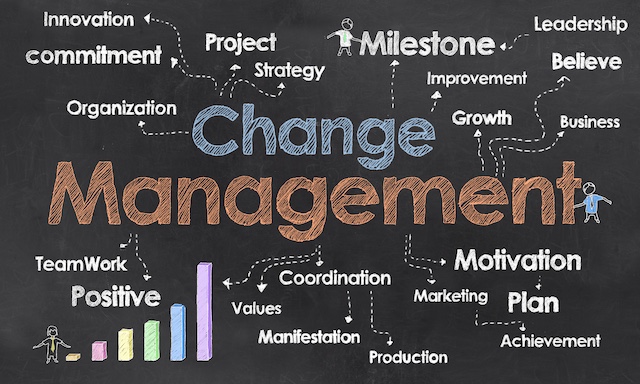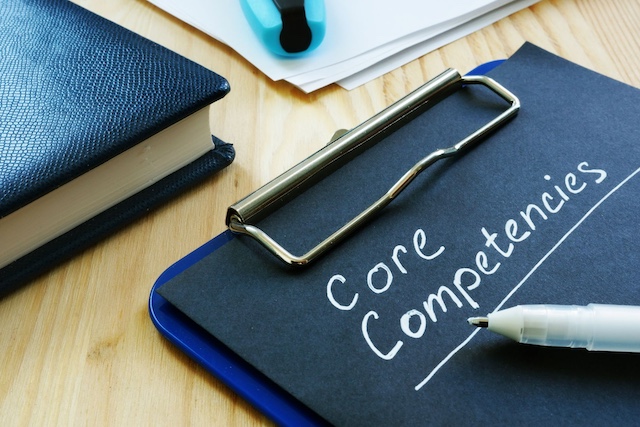It’s a typical Monday morning at Smith & Co., but the tension is palpable. Marketing manager Rachel storms into the conference room, where creative director Mike is leading a meeting. Rachel’s face is red with frustration.
“This is unacceptable, Mike!” she exclaims, slamming down the latest campaign designs. “You know I wanted a more modern approach, but these look like they belong in the ’90s!”
Mike, taken aback, defends his team’s work. “Rachel, we discussed this and agreed on a direction. You can’t keep changing your mind and expecting us to adapt.”
The room falls silent, with colleagues exchanging uncomfortable glances. Rachel’s assistant tries to intervene, but she talks over him. “This is a disaster, Mike. I demand a redo.”
Mike’s voice rises. “Fine, but you need to respect our creative vision. We can’t keep catering to your whims.”
The conflict escalates, with neither side willing to budge. The meeting ends abruptly, with the campaign’s future uncertain. As the team disperses, the air is thick with unspoken words and unresolved issues. The conflict is far from over.
From differing opinions and unfiltered criticism to perceived slights against one’s personality, background, or race, the potential flashpoints for conflict in the workplace are endless.
Strong conflict-resolution skills are vital to maintaining a healthy and positive company culture. Conflicts that are not properly addressed can lead to a range of negative outcomes, including reduced morale, decreased productivity, and strained relationships among team members. Over time, unresolved conflicts can create a toxic atmosphere where employees feel undervalued and disengaged, ultimately affecting the organization’s performance and success.
Effective conflict resolution, on the other hand, offers numerous benefits for both the company and its employees. Companies can prevent minor disagreements from escalating by addressing issues promptly and constructively.
Why Conflict Resolution Is Vital in the Workplace
Effective conflict resolution can significantly impact a company’s overall success and well-being. Here’s why:
- Improved productivity: Unresolved conflicts can lead to decreased morale, reduced engagement, and a hostile work environment. When conflicts are addressed promptly and effectively, employees can productively focus on their tasks and collaborate more efficiently.
- Enhanced employee morale and retention: A toxic work environment, often fueled by unresolved conflicts, can negatively impact employee morale. Employees who feel their concerns are heard and addressed in a respectful manner are more likely to be satisfied with their jobs.
- Strengthened company culture: A company culture built on open communication, respect, and conflict resolution fosters a sense of trust and collaboration among employees, contributing to innovation, teamwork, and overall success.
8 Proven Strategies for Conflict Resolution in the Workplace
Conflict in the workplace is inevitable, but how it’s managed can significantly impact the work environment and overall productivity. Effective conflict resolution is a skill that benefits everyone, from business leaders and HR professionals to employees at all levels. Here are eight strategies that can help you navigate and resolve conflicts constructively.
1. Improve communication skills
Poor communication is often at the center of conflicts, making it one of the most critical areas to address. Misunderstandings and miscommunications often fuel disagreements, so improving communication skills is essential for effective conflict resolution. Active listening is a key component: genuinely focusing on the speaker, understanding their message, and responding thoughtfully. Encouraging clear, effective communication can help prevent conflicts from arising in the first place and facilitate smoother resolutions when disagreements occur. Training employees and managers to articulate their thoughts clearly and to listen with empathy can go a long way in fostering a more collaborative and less confrontational work environment.
2. Encourage open dialogue
Encouraging open dialogue can significantly reduce the likelihood of escalating conflict. Employees should feel free to express their concerns or disagreements without fear of retribution. This can be achieved by creating regular opportunities for open communication, such as team meetings or one-on-one check-ins, where employees are encouraged to share their thoughts and feelings. When issues are brought to light early, they can be addressed before they spiral into problems.
3. Focus on interests, not positions
One common obstacle in resolving conflicts is that parties often become entrenched in their points of view, making it difficult to find common ground. Instead of focusing on positions—what each party says they want—encourage a shift towards understanding the underlying interests—why they want it. By exploring the interests behind the positions, it’s easier to identify mutually beneficial solutions that satisfy the needs of both parties. This approach, known as interest-based negotiation, is particularly effective in finding creative solutions that might not have been apparent when focusing solely on each party’s initial stance.

4. Establish clear policies and procedures
Having clear, well-defined policies and procedures for handling conflicts can provide a structured approach to resolution. Communicating these guidelines to all employees will help everyone know the steps to take when a conflict arises. The guidelines might include protocols for reporting conflicts, timelines for resolution, and designated personnel responsible for mediating disputes. Having an established process helps create a fair and predictable environment where employees know conflicts will be addressed systematically and impartially.
5. Utilize mediation
Sometimes, conflicts can be too complex or emotionally charged to be resolved through direct negotiation between the parties involved. In such cases, bringing in a neutral third party—a mediator—can be an effective solution. A mediator facilitates the conversation, helping each party to work towards a resolution that is acceptable to everyone. Mediation is particularly useful when the conflict involves deeply rooted issues or significant power imbalances. The mediator will not provide a solution but rather guide the parties toward a resolution they can agree on. This approach can help to de-escalate tensions and lead to more durable agreements.
6. Promote a collaborative environment
Creating a collaborative work environment can naturally reduce the frequency and intensity of conflicts. Employees who feel part of a team with shared goals and values are more likely to approach conflicts with a cooperative rather than adversarial mindset. Encourage teamwork through cross-departmental projects, team-building activities, and a culture that rewards collaboration. By promoting an environment where cooperation is valued, employees are more likely to work together to resolve conflicts productively instead of allowing them to escalate.
7. Address issues early
One of the most effective ways to manage conflict is to address it as soon as it arises. Allowing conflicts to linger can cause them to escalate and become more challenging to resolve. Train managers to recognize the early signs of conflict, such as changes in employee behavior, communication breakdowns, or tension in meetings. Once a potential conflict is identified, taking swift action to address it can prevent it from becoming more serious. Early intervention might involve:
- A private conversation with the parties involved
- Offering support
- Facilitating a discussion to clear up misunderstandings
8. Provide conflict resolution training
Investing in conflict resolution training can equip employees and managers with the tools they need to manage disputes effectively. Such training programs can cover essential skills like communication, negotiation, problem-solving, and strategies for managing emotions during conflicts. By providing this training, companies can empower employees to handle conflicts independently, reducing the burden on HR and management. Moreover, a workforce skilled in conflict resolution is more likely to maintain a positive and productive work environment where conflicts are seen as opportunities for growth rather than obstacles.
Conclusion
Conflict resolution is an essential skill in today’s dynamic and diverse workplace. The strategies outlined in this guide can be used by business leaders, managers, and HR professionals to create an environment where conflicts are managed constructively and efficiently. In doing so, they will enhance employee satisfaction and productivity and contribute to a more robust, more cohesive organizational culture. From communication training programs to management and employee coaching and more, INTOO offers a wide range of programming to create a collaborative and productive work environment. Get in touch with us today to learn how we can help.











